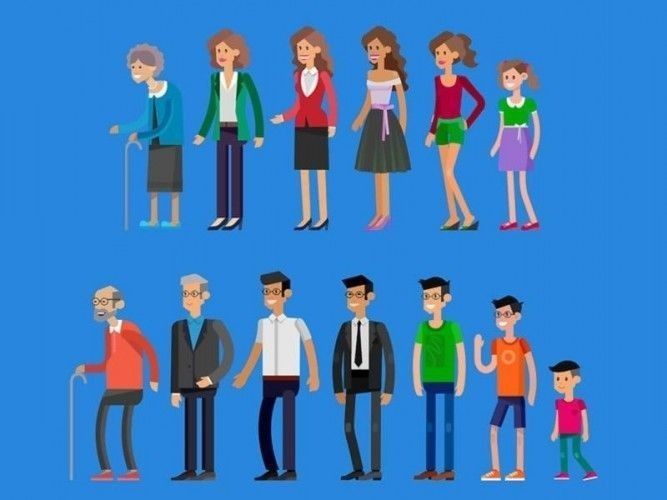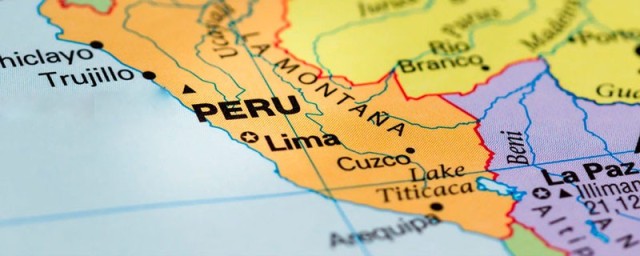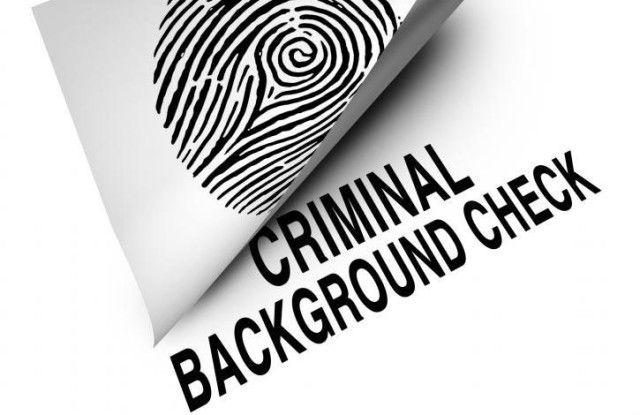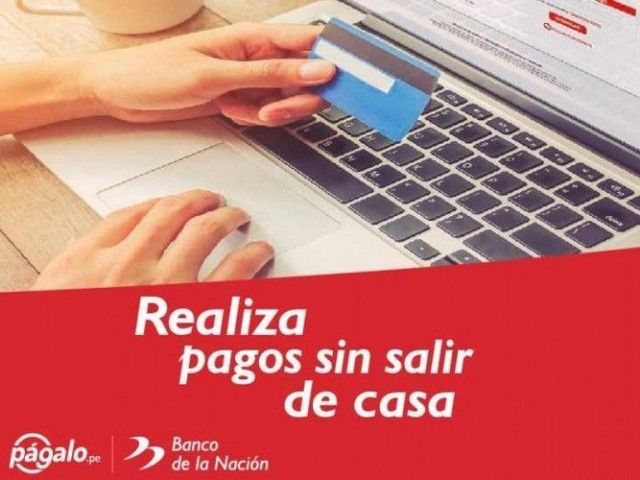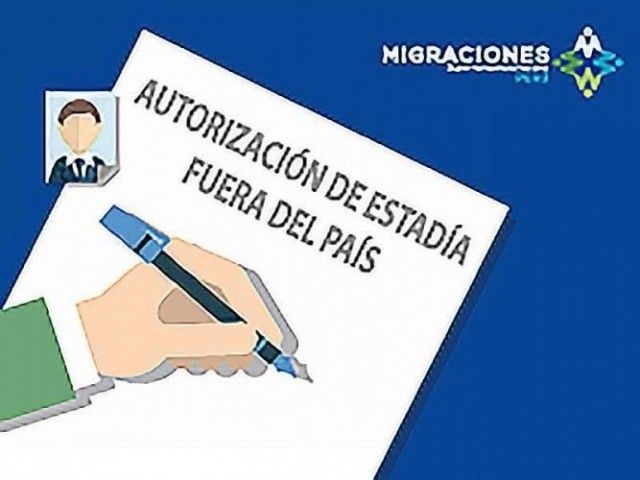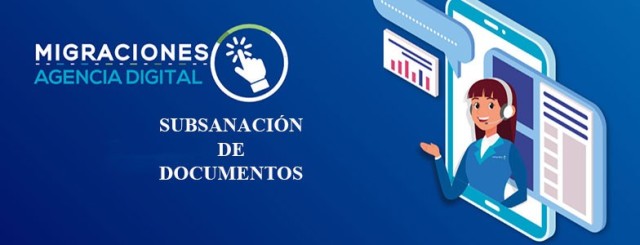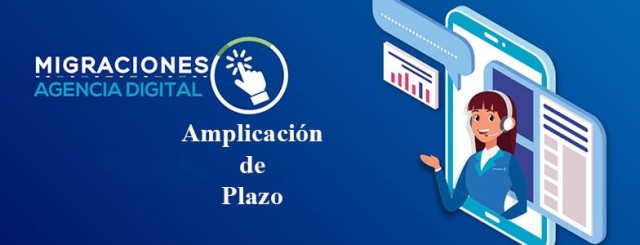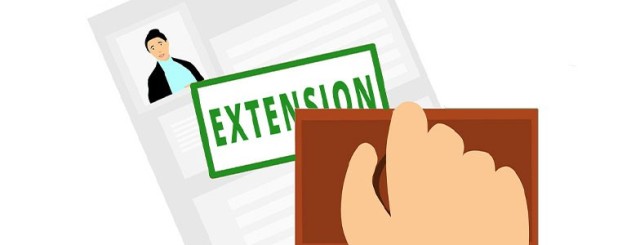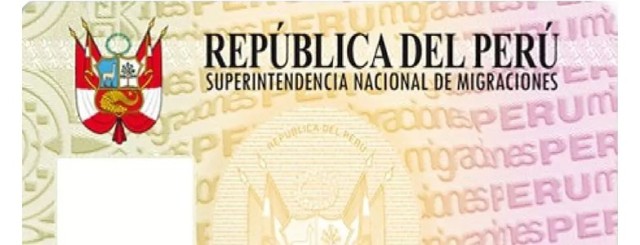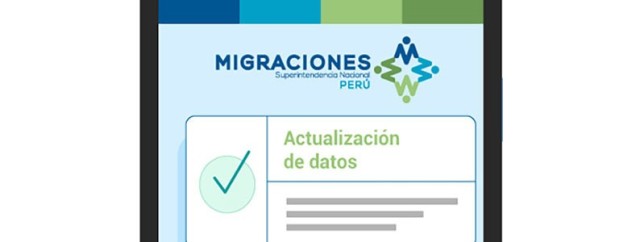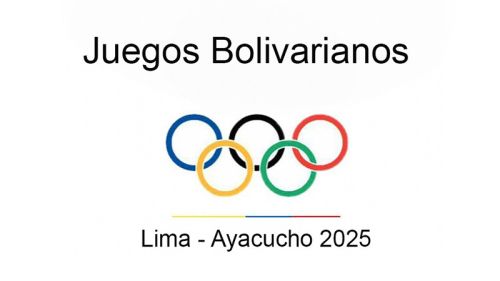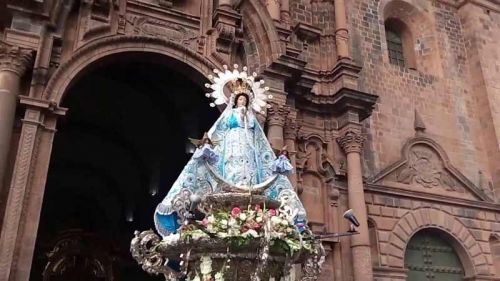Hello Eva,
I have an Algerian friend (female) who will be doing an online (Utah) marriage with a Peruvian-American who is currently serving in the US army (in Alaska) but usually resides in NJ.
He says that he lost his DNI as a kid and that there is now a process that he has to go through (with his father having a PoA and being assigned to do this process) to "re-establish his citizenship". Once this is done,
If the two get married but neither are in the same country, how can this marriage be transcribed? Would it be enough for him to go to the consulate in NJ (USA) with a scan of her passport to register the marriage?
And then, would he be given a Peruvian marriage certificate?
I presume that he will. If he mails it to her in Algeria, how can she travel to Peru? Algerians need visas to Peru... How can she provide an Interpol background check to the consulate of Peru in Algiers if she has not yet been to Peru?
How do folks who need visas to enter Peru do INTERPOL background checks?
Are there any issues that you can foresee with what they are trying to do?
Kind regards,
Ivan A
- This commment is unpublished.@Ivan Akinfiev Hello Ivan,
Reading your lines, I’m confused and not sure what your Algerian friend and her Peruvian-American fiancé are trying to do. And I have lots of questions.
Anyway, the first thing that makes me wonder is what you mean by “he lost his DNI as a kid”. If he (or most probably his parents) just lost the DNI, so the ID card, then there is no re-establishing his citizenship necessary. As he had a DNI before, I assume his birth was correctly registered at Reniec in Peru or a Peruvian consulate, so he just has to apply for a new DNI. And as fingerprints and a biometric photo must be taken, his father (is he in Peru?) can’t do anything, the fiancé must be present.
If, however, his parents not just lost the DNI but renounced the Peruvian nationality on behalf of their son when he was a kid, that’s a completely different story. While the Peruvian-American fiancé has the right to get his Peruvian nationality back, he must apply for a Recuperación de la nacionalidad peruana either at a Peruvian consulate or at Migraciones in Peru.
A lengthy, nerve-wracking process which will take many, many months and involves, if you apply from abroad, the Peruvian consulate, and then Migraciones in Peru and the different divisions of the Peruvian Ministry of the Interior. There have been some slight changes in the process at the beginning of this year, which you can find in the Decreto Supremo 004-2023-IN, scroll down to Articulo 28 and following.
I’m not really familiar with all the state and federal laws in the US. However, when I remember correctly (I might be wrong) an online marriage as allowed in Utah where both spouses aren’t present with the officiant at the ceremony is a so-called proxy-marriage and not valid under federal law until the marriage is consummated, so until the couple had “marital relations” after (!!!) the ceremony, which is only possible when both are at the same place after they were married. So, as your Algerian friend can’t come to the US, does her then husband plans to visit her in Algeria to consummate the marriage?Anyway, I have never seen a marriage certificate of a Utah proxy-marriage and don’t know if it somewhere states that it was celebrated without the spouses being present. And I don’t know if Peru accepts and registers such marriages. This might be a good question to ask at a Peruvian consulate or at Reniec in Peru.However, usually to register a marriage at a Peruvian consulate, you need the US marriage certificate in paper form, a digital copy won’t be accepted. And yes, if the Peruvian spouse registers the marriage at a Peruvian consulate or at Reniec, the other spouse doesn’t have to be present and, if the other spouse is a foreigner, a copy of the passport of the foreign spouse is enough. And yes, once the marriage is registered, a Peruvian marriage certificate is issued.
As explained above in the Family visa article under Legal background for a family visa application, the requirements and process for a family visa application as described in the article only apply to those who are in Peru and apply for their visa at Migraciones in Peru.
As your Algerian friend cannot enter Peru visa-free, she cannot come to Peru and apply for the family visa in Peru. Officially, she must apply, or correctly her husband or another trusted person must apply for her, for her family visa while she is still being outside Peru; a complicated, lengthy, and sometimes frustrating process. The requirements and application process are explained in our article Peruvian residence visa application from abroad.
And if you check the requirements for a Family visa application from abroad as described in the article, no Ficha de canje issued by Interpol in Peru (that’s not a background check!) is necessary, just a criminal record check from her home country.
And yes, there are some issues the couple could encounter. Both, of course, can get married, but a huge question is, if the Peruvian consulate or Reniec in Peru accepts a proxy-marriage as this is not a thing in Peru.
Then, you said that the Peruvian-American fiancé is serving in the US army and lives in the US. So, wouldn’t it make more sense to apply for a visa in the US? Why are they considering applying for a family visa for her in Peru? One problem could be that to apply for a family visa in Peru, the Peruvian part of the couple, in this case the Peruvian-American husband, must live in Peru and the couple’s “center of life” must be in Peru. So, is the guy planning to leave the army and the US and move to Peru? If not, your Algerian friend cannot apply for a family visa.Or is the couple thinking that Peru is just a stepping stone, where your Algerian friend can easily get a family visa, on the way to the US, where it’s super difficult to get one? Then be warned, applying for a visa for the US in Peru is, under normal circumstances, already a nightmare and may take many months to a year or even more. If US authorities see the proxy marriage celebrated in the US and the Peru detour, they surely won’t be happy.GreetingsEva
- This commment is unpublished.@Sunflower Good evening Eva,Utah marriage certificates do not state that the couple was married online, they are physically indistinguishable from the kind of document that a couple of two people who have never left Utah would get.You are correct in that US immigration law requires the two parties to the marriage to consumate a marriage for it to be valid for immigration purposes, but it does not need to be consumated in Algeria (or any specific country/jurisdiction).Algeria is an Islamic republic, it does not recognise marriages between Muslim women and non-Muslim men so the marriage is considered null and void over there... Getting a (tourist or any kind of) visa to Algeria is also close to impossible for him, so Peru would be better than neighbouring Tunisia (on the other side of the planet for the husband-to-be) as he has family there.I spoke to him, he said that he just needs to renew his DNI. I advised them to do the online marriage, update his civil status and then order the plastic with his civil status listed as casado instead of solteiro. If you get a DNI at a consulate, does it mention your address outside of Peru?His father has some real estate in Peru, what are the sort of documents that he'd need to make while in Peru so that she could get an invitation to come and join him?Can he pay for her visa/services and send the receipts electronically/by post or can the fees for the family visas be paid by her at the consulate?If she makes herself a criminal record extract in Algeria (it'd be in French or Arabic), I presume the consulate would accept the French version for the issuance of the visa. It would get apostilled. She'd arrive in Peru with the document, get it translated into Spanish and apply for residency... After one year, would she be able to use the same criminal record from Algeria (with apostille and translation) + INTERPOL/Peru criminal record from inside of Peru or would she need someone in Algeria to make her another criminal record statement and mail it to Peru?Thanks again,Ivan A
- This commment is unpublished.@Ivan AkinfievHello Ivan,reading this, it seems to me overall good news.I didn't know that Algeria now requires a visa for tourism. My husband and I traveled a lot through North Africa, however, over 25 years ago and we have been to Algeria a couple of times. Can't remember that we applied for a visa back then, but when I checked now, yes, nearly all foreign nationals have to apply for a visa. So, sad, beautiful country.Anyway, if the future husband just needs to get a new DNI, the process should be easy and painless, though if he applies at a consulate might take a bit. As he didn't get a new DNI immediately after his was lost, he should check the exact requirements with the Peruvian consulate where he wants to apply.And yes, his new DNI will have his US address on it and he will be registered at the consulate as Peruvian living abroad. That's a problem. As stated before to apply for a family visa for a foreign spouse the Peruvian spouse must live in Peru and the couple must have their center of life in Peru. So, at one point the husband must travel to Peru and change the US address on his DNI to a Peruvian address at Reniec.If the Utah marriage certificate looks like a "normal" US marriage certificate, I don't see any obstacles for registering the marriage at a Peruvian consulate and honestly, wouldn't even mention that it was an online marriage.And I'm not sure, if you read the article I linked above about the application of a residence visa from abroad. All is explained in detail there.First of all no invitation letter is necessary to apply for a family visa from abroad and having one won't help or speed up the process. If you, however, think of applying for a tourist visa, which must be done at a Peruvian consulate (the one in charge would be in in Rabat Morocco), so your Algerian friend can come to Peru as a tourist and then apply for a family visa while in Peru, then an invitation letter can be used instead of a hotel booking or tour reservation. The letter must be legalized by the Peruvian Ministry of Foreign Affairs to be accepted.Then the payment of visa fees and the process of applying for a family visa for a foreigner who can't come to Peru without a visa is done online. It's explained in detailed in above linked article. A consulate is not involved (only once the visa is approved, then it must be picked up at a Peruvian consulate). The person applying for the foreigner doesn't have to be the husband, could be anyone that is able to go through Peruvian bureaucracy or an immigration lawyer, but the person must be in Peru. So, does the husband.Another point: Algeria didn't sign the Hague Apostille Convention, so you can't get an Apostille on the criminal record check issued in Algeria. In such cases the document must be authenticated the traditional way by the competent authority(s) in Algeria and then legalized by a Peruvian consulate.In general, documents issued in Peru are only accepted when they were issued less than three months before the submission of an application; document issued abroad are only accepted when they aren't older than 6 months.And what does she want to do after one year for which she needs her criminal record check? Extend her family visa? For that neither a criminal record check from her home country nor the Ficha de canje from Interpol (which isn't a criminal record check!!!) is necessary.Only if she wants to get the Peruvian nationality, so apply for a so-called Nacionalización por matrimonio, after two years living in Peru legally or if she's planning to apply for a permanent residence visa after three years, she will need a new criminal record check from Algeria and a new Ficha de canje from Interpol in Peru.GreetingsEva
- This commment is unpublished.@Sunflower Hello again!
I hope the back and forth isn't annoying you...A few things:It turns out that there is both a Peruvian consulate in Algeria (25 minutes away from her house by taxi - Are you 100% sure that it won't be able to issue her a visa and that a trip to Morocco is necessary?), and an Algerian consulate in Peru: https://embargelia-pe.org/The idea is to get her Peruvian citizenship ASAP as the Algerian document grants more problems than benefits to it's holder... Paperwork is super cheap and easy to fix in Algeria, it would be better to provide more paperwork whilst in Algeria (legalisation of documents by the Algerian MoFA doesn't cost anything) and wait a few months, and fly to an already-set up situation than trying to get into Peru ASAP and then running around, gathering documents...Algeria and Morocco closed their land borders to each other in 1994 because Morocco bombed a hotel in Algeria (or was it vice-versa?). Nonetheless, citizens of the two countries do not need visas to visit the other country (how ironic) but the flight costs about as much as the flight to Spain (there are no direct flights from Algeria to Peru so a stop-over in Spain would be required)Can the husband get a "emergency return travel document" (containing the DNI number), leave the US on his US passport, fly down to Peru and enter with that travel document then get a Peruvian ID mentioning that he is married and with a Peruvian address? That would surely save a lot of time... are IDs and passports cheaper if made inside of Peru?An Algerian 20-something unemployed girl wouldn't qualify for a tourist visa to, even, perhaps Turkey, are you sure that she can get a tourist visa to Peru?If you happen to know: do airlines require people who are citizens of countries who's citizens require visas to Peru to show return flights to be allowed onto flights towards Peru (with a stopover in the middle) or would just a one way flight be enough?Thank you so much for all the support you keep giving!Ivan - This commment is unpublished.@Ivan AkinfievHello Ivan,yes, you are right. There is a Peruvian consulate in Algiers. Half asleep yesterday evening I missed it on the RREE map, had the map on small and the marker seemed to be in the Mediterranean. Sorry. That will make things so much easier.And yes, I remember 1994 very well. While there had been tensions between Morocco and Algeria for decades, especially because of the the West Sahara, back then Morocco accused Algeria of bombing a hotel in Marrakesh and introduced visa requirements for Algerians. Algeria responded with closing its borders to Morocco. My husband and I were in Algeria at the time trying to cross the border to Morocco to get home. Were stuck there until some lovely Algerians showed us a small border post to the north, where after the typical conversation and some delicious mint tea we were allowed to leave the country as we foreigners had nothing to do with their politics. Fun times.Anyway, yes, there is an Algerian embassy in Lima. Not sure what you hope they might do for your Algerian friend once she is in Peru. So, as you mentioned the best is to come prepared.As things change quickly in Peru and it's impossible to keep up with all the changes, I just checked the requirements to get the Peruvian nationality based on being married to a Peruvian again. See the Peruvian government website. When your Algerian friend wants to apply for the Peruvian nationality, at least as of today, she doesn't have to submit a new criminal record check anymore. A sworn statement that she doesn't have a criminal record (there are forms on the government website for all the necessary sworn statements and she can just fill them in, sign them and have them authenticated at any notary in Peru) seems to be enough. One thing less to worry about.Just to make it clear, she will need a criminal record check issued in Algeria and legalized for her family visa application, but not when she applies for the Peruvian nationality (according to current regulations).For the past two years or so getting a Peruvian passport or correctly getting the appointment to get a new passport in Peru is a nightmare, getting one at a consulate can take anything between 3 to 6 months. If you get a passport in Peru it's, when I remember correctly, less than S/ 100 (so about US$ 27).Can't remember the name, but there is a document a consulate can issue so a Peruvian can travel back to Peru.Be aware, for decades Peruvians had to enter (and leave) Peru on their Peruvian passport. This changed a while back. Now Peruvians can enter with their Peruvian passport and are then in the country as Peruvian. But they can as well enter on another passport. However, then they are in the country as a tourist for a max of 90 days. Depending on what needs to be done in Peru and on how long he wants to stay in Peru, this might be an option. As he most probably won't get an appointment for a new passport on time, he then could get a new passport immediately 2 or 3 days before he is leaving Peru if he can show a flight ticket out of the country.I don't know if your Algerian friend qualifies for a tourist visa. If she can fulfill the requirements and presents a convincing and conclusive story during her interview (don't tell them she is married to a Peruvian!), why not. The requirements includeValid passport
Round-trip ticket
Hotel reservation, tourist package reservation or invitation letter
Proof of sufficient funds
Passport photos
Proof of legal residency in the area or country under the consulates jurisdiction
Receipt for paid application feeMight be an option to get her out of Algeria quicker as soon as the future husband has his Peruvian documents in order. I just had contact to someone from the Middle East whose wife applied for his family visa in February of this year. His visa was finally approved at the beginning of August and he picked up his visa last week. That's a long time, so other options might be worth checking out.Regarding one-way/return tickets: Peruvian law requires that foreign visitors (!) need a return or onward passage out of the country if they aren't residents, proving that they leave the country when the visa or temporary authorization to enter expires. But the law doesn't state that this return or onward passage must be an airline ticket; it could be anything proving that you leave Peru when the time comes. Peruvian immigration officials hardly ever ask to see this proof. The ones executing above regulations are usually the airlines and they have different policies.In general, if your Algerian friend gets a tourist visa then she definitely needs a return ticket. If she however has her family resident visa stamp in her passport, Peru doesn't require the proof of a return or onward passage and, usually, airlines won't ask for it. I don't know the rules for countries your friend might transit through. So, best check with the airline and let them confirm in writing their policies, so if she has problems when checking in to her flight, she has something "official" in her hand.GreetingsEva


